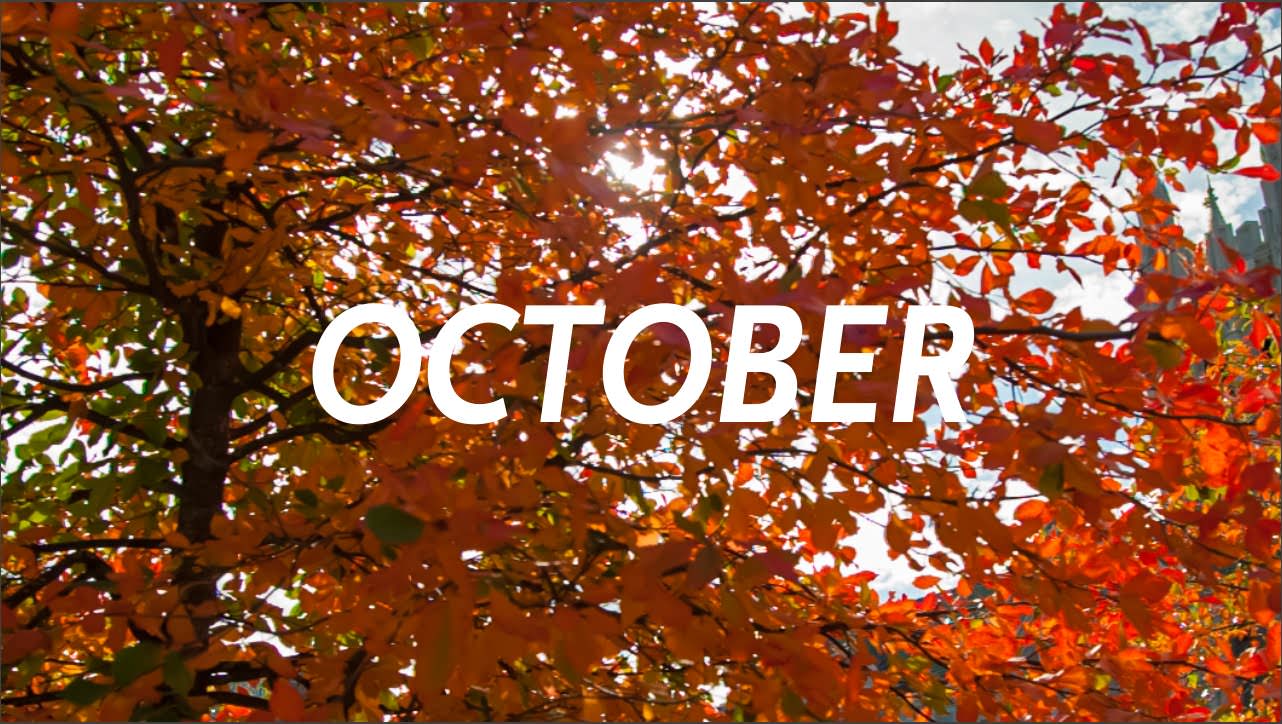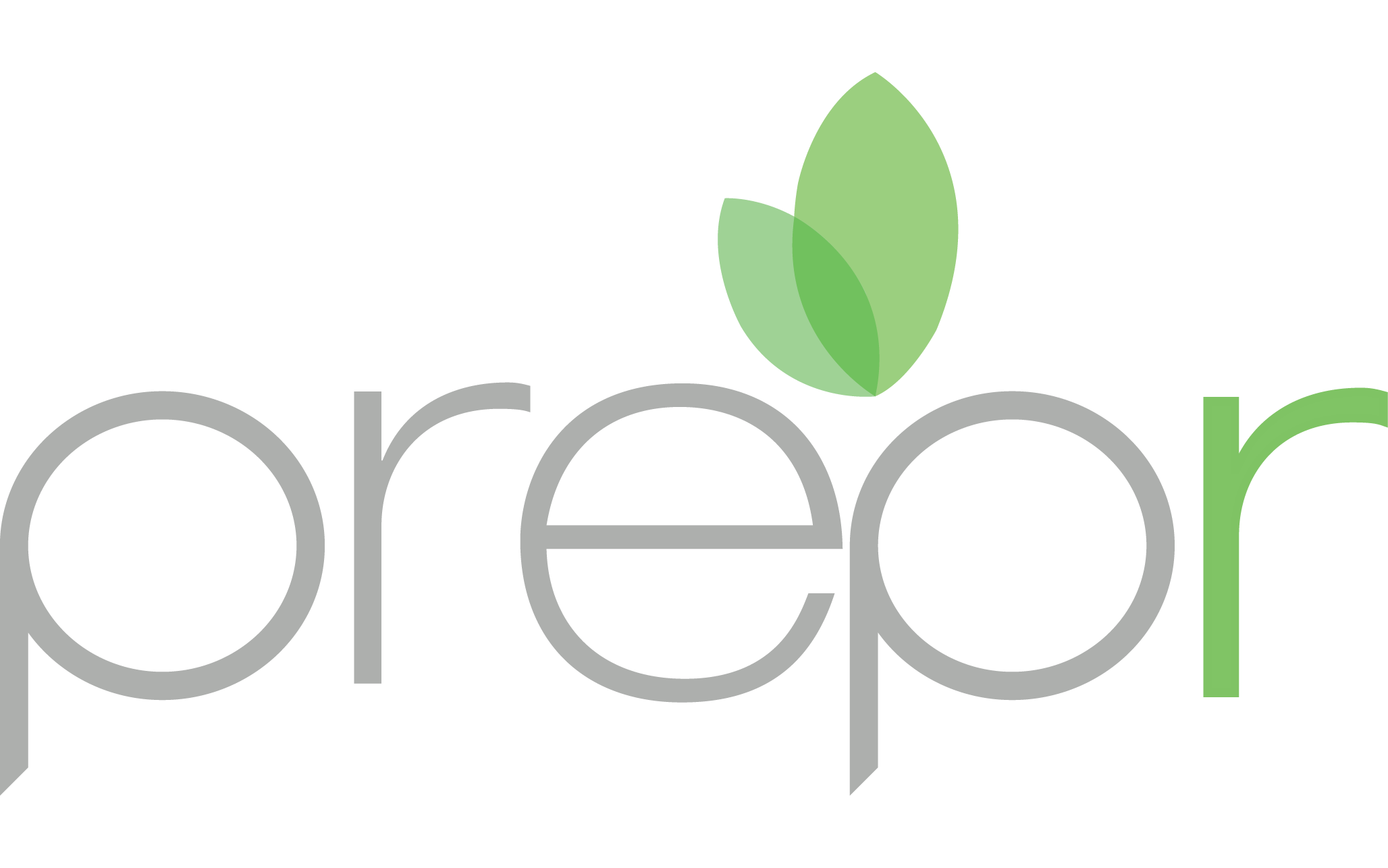
05 Oct October Innovation Trend Report
With the integration of tablets and smartphones in the classroom environment, it is essential for educators to combine the technology with their lessons, examples etc.
In 2017, CommonSenseMedia reported that kids up to 8 years old spent almost an hour a day on mobile devices. Additionally, on average, 13 to 18 year olds spend about 9 hours a day on entertainment media. According to eSchoolNews, tablets don’t have to be detrimental in a learning environment and can actually improve student engagement and student learning across grade levels.

Educators use mobile apps to grade and engage with their students & parents outside of the classroom. Here are a few that are highly recommended:
- Padlet
Padlet is an application to create an online bulletin board that you can use to display information for any topic. Teachers can make a “wall” where students post their responses to a question or assignment. These responses can be a video, a drawing or text. Thus, it gives students freedom on how they do their work.
The layout, background and privacy can all be configured by the person who creates it. Furthermore, students can work with people in the same class or from across the world. Padlet has a free version where users can have only 3 free “walls”, if they want more they will have to pay for them. Although it is a very useful app, it may be difficult for educators with more than 3 classes.
Find out more information here: https://padlet.com
2. Voki
This is an edtech app that enables the creation of talking characters or avatars in the classroom.
These educational characters have been shown to enhance classroom teaching and maintain a high level of energy and engagement within students.
Voki can be used to teach everything including reading, history, foreign language and is fully customizable to create historical figures, cartoons, animals or the students themselves. There is an option for voices to be recorded and these talking Vokis can be emailed and shared on social media.
In a 2016 Oddcast survey of teachers who have used Voki in the classroom, 71% of them said that using Voki “excites students making them more apt to learn.” The new edition of the app allows teachers to test the software for classroom presentations and advanced student assignments for free. The paid version allows for a more complete package of services which includes a lesson management system for Voki assignments, enhanced privacy protection for students and an enhanced version of the presentation program. The content is crafted by teachers certified in literacy, esl, general education and special education and is presented by animated Voki characters.
Find out more information here: https://www.voki.com/
3. FlipGrid
This is a website that allows teachers to create “grids” of a short-discussion style questions that students respond to through recorded videos. Each grid is effectively a message board where teachers can pose a question and their students can post 90-second video responses that appear in a tiled “grid” display.
There are security features that are essential: each grid can be password protected, teachers can approve video comments before they are visible to the class and social sharing options can be disabled. Additionally, it is helpful getting more detailed responses for students with specific writing disabilities
Find out more information here: https://flipgrid.com/
4. Kaizena
Kaizena is a free online tool that allows social learning through the use of feedback. The tool allows the instructor to provide multiple forms of feedback which includes text comments, voice recording, rating student’s skill and attaching files. Furthermore, students can instantly respond directly to the instructor’s feedback. This allows the feedback to become a conversation rather than a one-sided learning experience.
Find out more information here: https://www.kaizena.com/
5. Book Creator
An easy-to-use digital book-making tool with numerous options for all age groups that supports design skills and creativity. It’s available for both the iPad and Chrome. With direction, students in early elementary school can use this app to produce and publish their own books or comics with images, videos & audio.
There is an option to add images and various forms of media to create a more complex book.
Students join the class library using a code and then any books they create can be accessed by the teacher and added to the class library to share with their classmates. Teachers can create books for students too. This provides teachers with another way to communicate key class information (ex. procedures).
Find out more information here: https://bookcreator.com/
6. Recap
Is a platform that allows students to practice interview skills. Educators can create an account specifically for a class and then “send” interview questions to the student either via video or text. The student can then record themselves answering the questions. Moreover, they can then review and reflect on how they answered the question, including visual clues that they may not be aware of at the time.
Find out more information here: https://letsrecap.com/
7. BoomWriter
This is a free, interactive, web-based platform for group writing that engages students in writing projects for all subject areas to help them improve their vocabulary and develop their nonfiction writing and storytelling skills.
BoomWriter offers 3 group-writing tools, all of which use the same collaborative writing and voting process. With this platform, students develop their understanding of key literary elements and storytelling devices. When their literary work is completed, the class’s story becomes a real, published book with every student’s name listed as an author.
Find out more information here: https://www.boomwriter.com/
8. Storybird
This is an online social platform and an app for Chrome utilised for storytelling. The students act as authors while they pair their words with licensed, site-curated art. Overall, students can compose text, but they can’t upload their own art; they must use Storybird’s collection in their picture books and illustrated poems.
Tasks can be completed individually, in groups, in-class or at home. The final story is available for sharing via URL or email. Printing is an option as well as keeping it private.
Find out more information here: https://storybird.com/
To find out how you can become a Prepr Educator, visit our website at https://prepr.org/co-learn/
